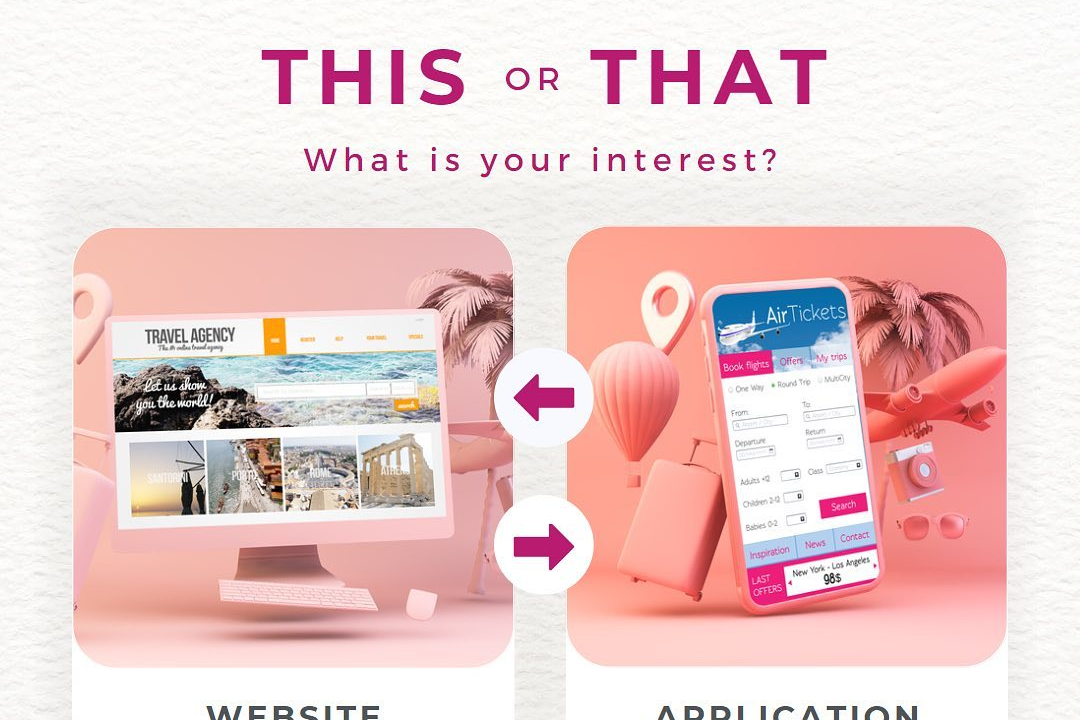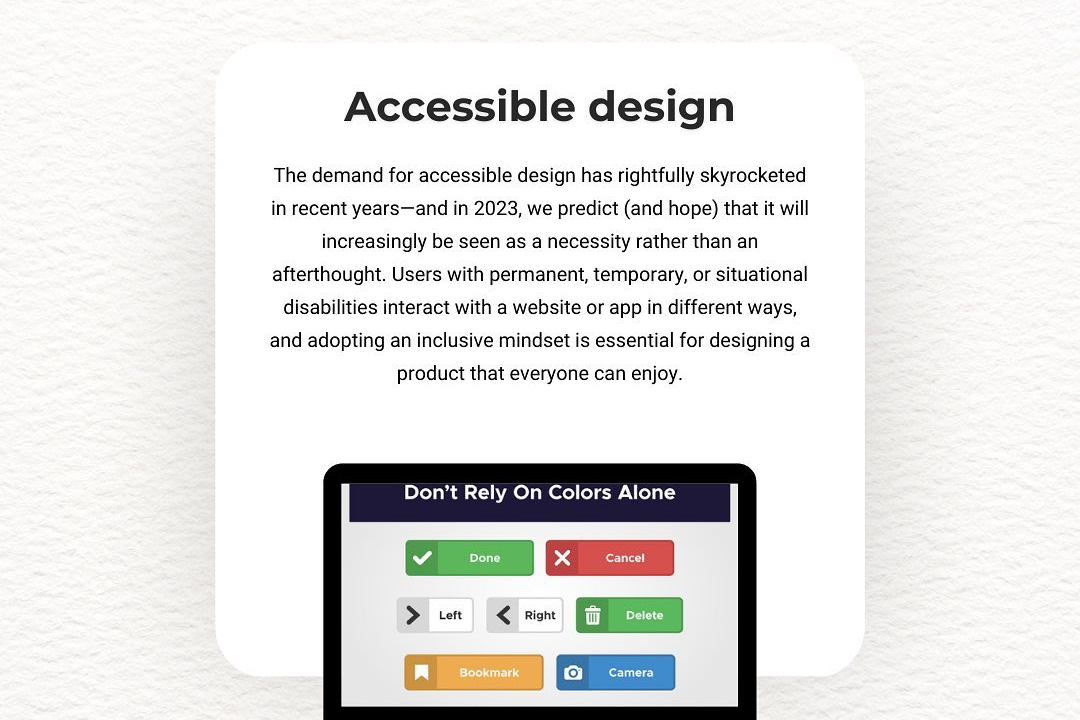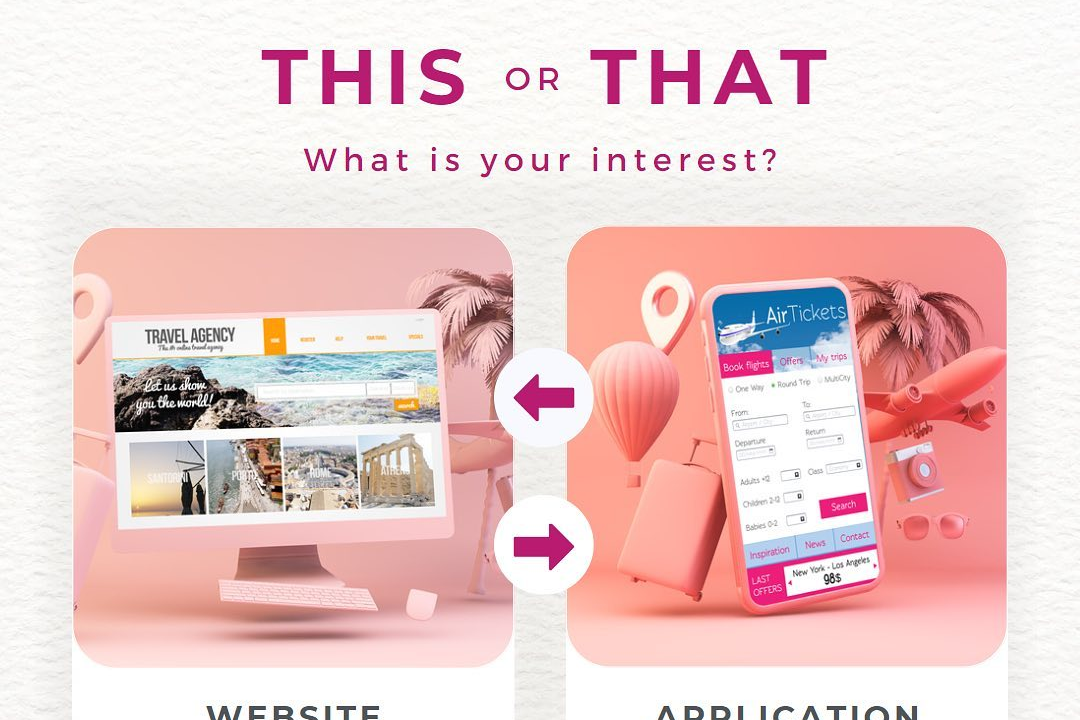Flutter Project Documentation Templates
Comprehensive Flutter Project Documentation Templates
Flutter Project Documentation Templates
Flutter project documentation templates provide a structured framework for documenting Flutter applications, ensuring that all essential aspects of the project are clearly articulated and easily navigable. These templates typically include sections such as project overview, installation instructions, usage guidelines, code structure, API references, and contribution guidelines, which help developers understand the purpose and functionality of the application, along with how to set it up and use it effectively. By utilizing such templates, teams can maintain consistency across documentation, enhance collaboration, and streamline onboarding for new developers, ultimately improving the overall quality and maintainability of the project.
To Download Our Brochure: https://www.justacademy.co/download-brochure-for-free
Message us for more information: +91 9987184296
1 - Project Title:
Clearly state the name of the project. It serves as the first impression and gives a quick idea of the project's purpose.
2) Introduction:
Provide an overview of the project, including its objectives and the problem it aims to solve. This sets the context for readers.
3) Technologies Used:
List the programming languages, frameworks (like Flutter), and tools used in the project. This helps in understanding the technical stack.
4) Installation Guide:
Offer step by step instructions on how to set up the development environment and install the necessary dependencies. This is crucial for new developers trying to run the project.
5) Setup Instructions:
Provide detailed instructions on how to run the project locally after installation, including any environment variable configurations or run commands.
6) Architecture Overview:
Describe the structural design of the application, including patterns used (like MVC or MVVM) and how different components interact.
7) Folder Structure:
Explain the organization of files and directories in the project. This helps students understand where to find resources quickly.
8) Usage Instructions:
Detail how to use the application, including any important features, functionalities, and user interface navigation.
9) Screenshots and Visuals:
Include screenshots of the application in different states to provide visual context. This enhances understanding and marketing potential.
10) API Documentation:
If the project interacts with any APIs, explain their endpoints, request/response formats, and provide examples.
11) Testing Instructions:
Outline how to run tests, including unit tests and widget tests. A well documented testing strategy helps maintain code quality.
12) Contributing Guidelines:
Provide instructions for other developers who want to contribute to the project, detailing coding standards, branch policies, and pull request procedures.
13) License Information:
Specify the licensing terms under which the project is distributed. This is important for legal clarity and contributions.
14) Contact Information:
Provide details on how to contact the maintainers or developers for questions or support. This promotes community engagement.
15) Future Work and Roadmap:
Describe any planned features, improvements, or future goals for the project. This encourages ongoing development and contributions.
16) Acknowledgements:
Recognize contributions from individuals or libraries that helped in the development of the project. It's important to appreciate and credit others.
17) FAQ Section:
Include a Frequently Asked Questions section to address common inquiries or challenges that new users or developers may face when working with the project.
18) Change Log:
Maintain a record of changes made to the project, including bug fixes, feature enhancements, and version updates for transparency.
Conclusion
These documentation points are essential in creating a comprehensive guide for Flutter projects. They not only streamline development processes but also enhance collaboration and onboarding for new developers, which is ideal for a training program structure.
Browse our course links : https://www.justacademy.co/all-courses
To Join our FREE DEMO Session: Click Here
Contact Us for more info:
- Message us on Whatsapp: +91 9987184296
- Email id: info@justacademy.co
Building A Career In Mobile App Development












